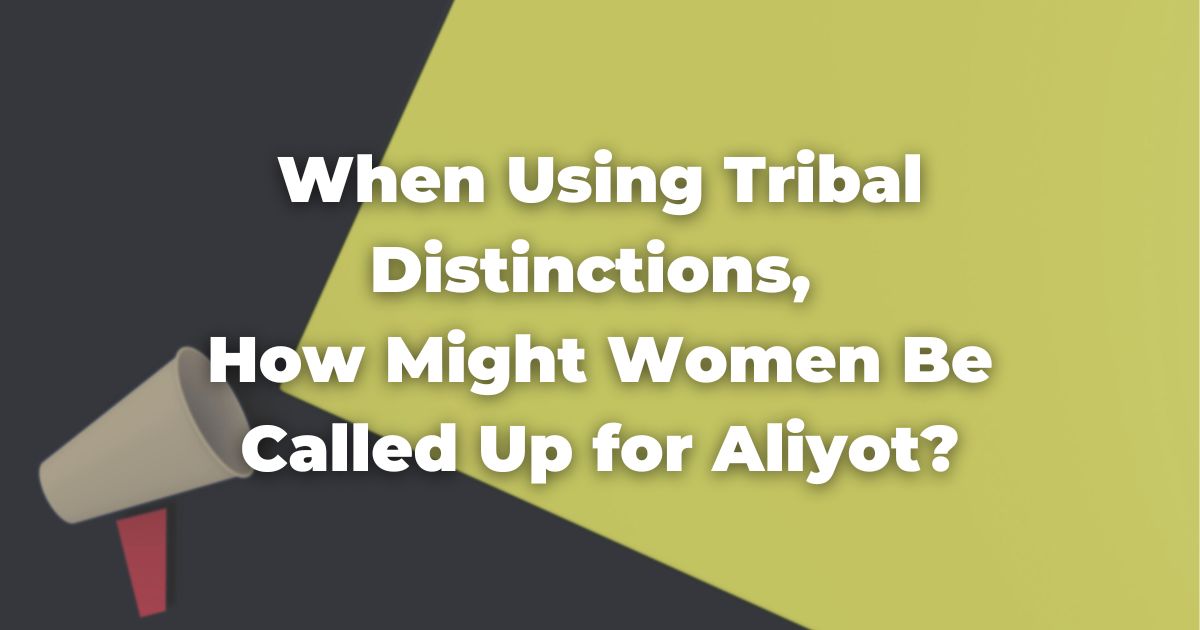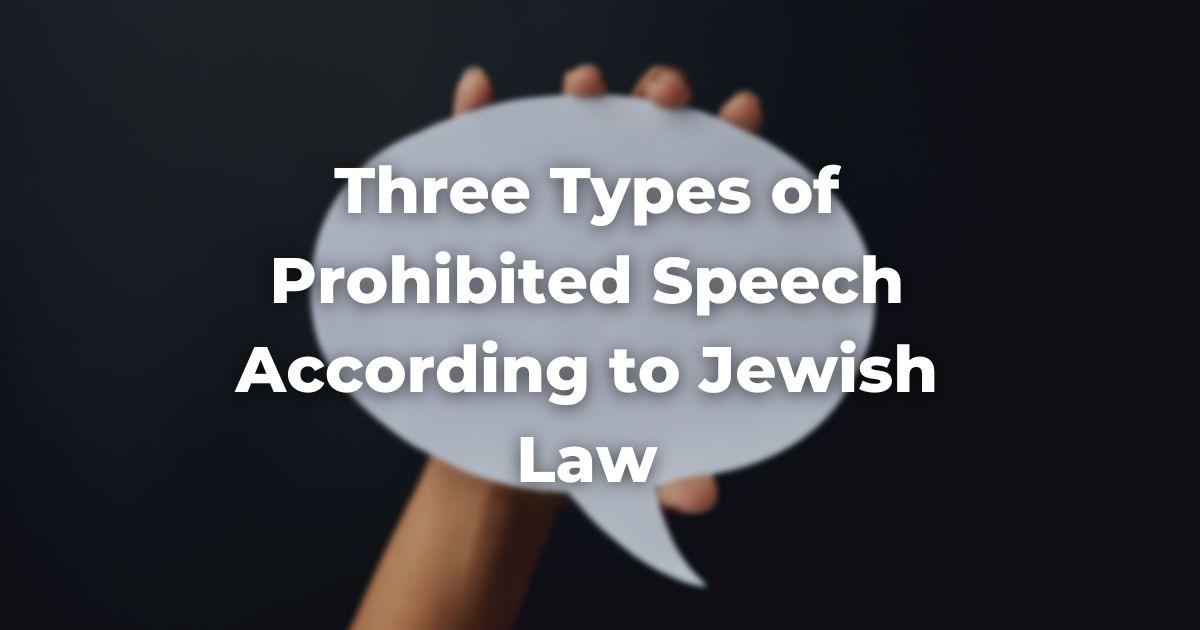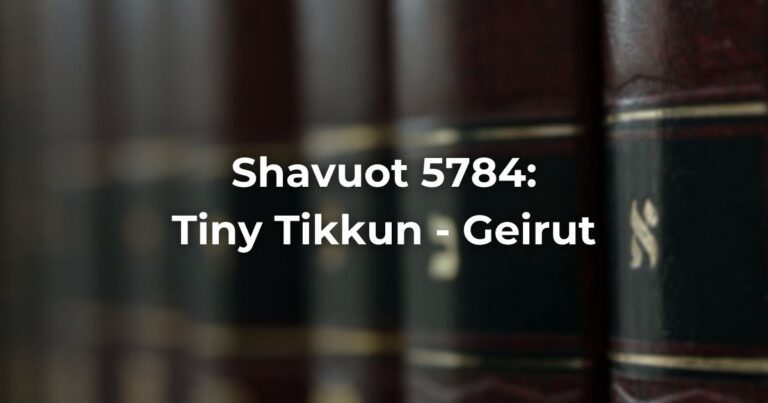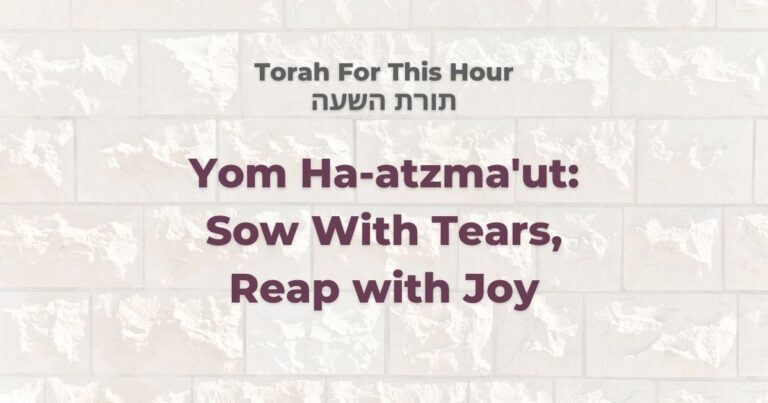My paper, “Kohenet Kirvi: Call a Bat Kohen a Kohenet,” approved by the CJLS in December 2022, culminates many decades of working with egalitarianism in Conservative Judaism.
When I became bar mitzvah in the mid-1980s, the right to count in a minyan was strewn with choices. Which minyan to go to before classes at Solomon Schechter? “Im” [the Hebrew name given for the minyan “with” women counting] or “Bli” [the Hebrew name given for the minyan “without” women counting] during summers at Camp Ramah?
It was at that moment when Conservative Judaism started to look at sound substantively different from modern Orthodoxy, beyond the question of (separate) seating arrangements. Our institutions, from the Seminary to the local synagogue, offered two services whenever there was a critical mass for both.
In practice, the more “traditional” worshippers would attend the non-egalitarian service, and that always bothered me.
After hearing my father (also a Conservative rabbi) talk for years about the debates over the ordination of women in the Rabbinical Assembly, and about women’s participation in our own synagogue, I would get offended when my friends from the non-egalitarian service would ask me to join them in the “traditional” service and leave where I felt more comfortable.
The challenge of having to explain why our new kind of minyan was legitimate and authentic, led, more than anything else, to my decision to go to rabbinical school and enter the rabbinate.
I wrote a teshuvah for the CJLS over twenty years ago, approved in 2002, that addressed counting women equally in the minyan. “Kohen Kirvi” addresses a more specific question that comes up in egalitarian worship:
When the kohen/levi/yisrael distinction is maintained, how are women called up for aliyot?
The CJLS had decided in 1990 that the custom of limiting the first aliyah to a kohen and then the second to a Levi could be discontinued, and many congregations in the Conservative/Masorti movement accepted that view.
For those who maintain the distinctions, the CJLS guidance from 1989 was that the daughter of a kohen should be treated like a kohen and the daughter of a Levi like a Levi. And so, when the gabbai calls a women to the first aliyah in such a congregation, our Movement’s liturgy had the gabbai say “Bat kohen kirvi!” (i.e. “Approach, Daughter of a Kohen!”) whereas when a man was called the gabbai would say “Kohen krav!” (i.e., “Approach, kohen!”)
I loved that we were able to honor women with the kohen aliyah. I also loved that we were able to honor women with participating in the Priestly Blessing (subject of a CJLS split-decision in 1994, read them here.). These were examples of the unique blending of tradition and change that marked Conservative Judaism.
But I had a lingering feeling that calling a woman a “daughter of a kohen” was not equal to calling her brother simply a “kohen.”
There are moments in life when we encounter a sense of “eureka!”, of making discoveries we did not expect and, at times, were not even looking for. That happened to me one day when I was studying MishnahA collection of rabbinic teachings edited in Israel around 225 CE. Organized in six sedaraim by subject matter and dealing with both ritual and civil law. Both the Jerusalem and Babylonian Talmud are expansive discussions of the Mishnah. Read more, the core text of the TalmudReferring to one of two collections, the Jerusalem and Babylonian Talmuds, edited in the 6th century, that contains hundreds of years of commentary, discussion, and exploration of the ideas in the Mishnah. One could describe it as Mishnah + Gemara = Talmud Read more.
I had to stop myself and read the word that jumped off the text for me a second and third time, because here was a daughter of a kohen who was called, not a bat kohen, but a kohenet. And then I would find this word again, and then again.
I realized that perhaps our delegation of a woman as being the daughter of a man who was a kohen was not the authentic way of referring to such a woman. Just as the son of kohen is a kohen in his own right, so is the daughter of a kohen a kohenet, in her own right, albeit with the feminine ending.
As I continued to encounter this word in the classical texts, I started to teach the gabbais in my own congregation to use that rather than the bat kohen terminology that they had been using.
I found as well that the texts had the word leviyah instead of bat levi for a woman whose father was a levi.
After being honored with an appointment to the CJLS a few years ago, I was determined to share this discovery of mine with the Committee through writing a teshuvah, and that was how the Kohenet Kirvi paper came about.
In doing more systematic research while writing the teshuvah, I found the texts, including the Mishneh TorahRefers to the first five books of the Hebrew Bible, the Tanakh, also called the Five Books of Moses, Pentateuch or the Hebrew equivalent, Humash. This is also called the Written Torah. The term may also refer to teachings that expound on Jewish tradition. Read more of Maimonides and the Shulhan Arukh, confirm that kohenet and leviyah are in fact the better terms to use, and that before the onset of egalitarianism! I also discovered that the term kohenet was used in Greek on the tombstones of some ancient Jewish kohanot.
In presenting my findings to the CJLS, I found myself answering questions about why it was important to remember kohanim and levi’im in the first place.
For me, the memory is an honorific of lineage, not tied to any actual or aspirational functions in the sacrificial cult of the ancient Temple in Jerusalem. The tradition explains that we give the first aliyah to a kohen so that people don’t fight over who gets the first aliyah. The kohen’s role is symbolic.
He (and now she) has done nothing to deserve the first honor, is not a greater scholar or donor than anyone else. Ironically, keeping the kohen/levi honorifics can be seen as serving the ethos of egalitarianism. But I understand that that may come across as apologetics to some.
Ultimately, the memory of the kohen/levi/yisrael distinctions is important to me because it ties what we do in synagogues to the religion of ancient Israel.
Memories serve as historical tendons connecting our current practice (i.e., “Change”) from the ancient cult of the past (i.e., “Tradition”). This is one way of maintaining the balance between tradition and change, one road of finding authenticity in what we do as Conservative Jews.
Author
-
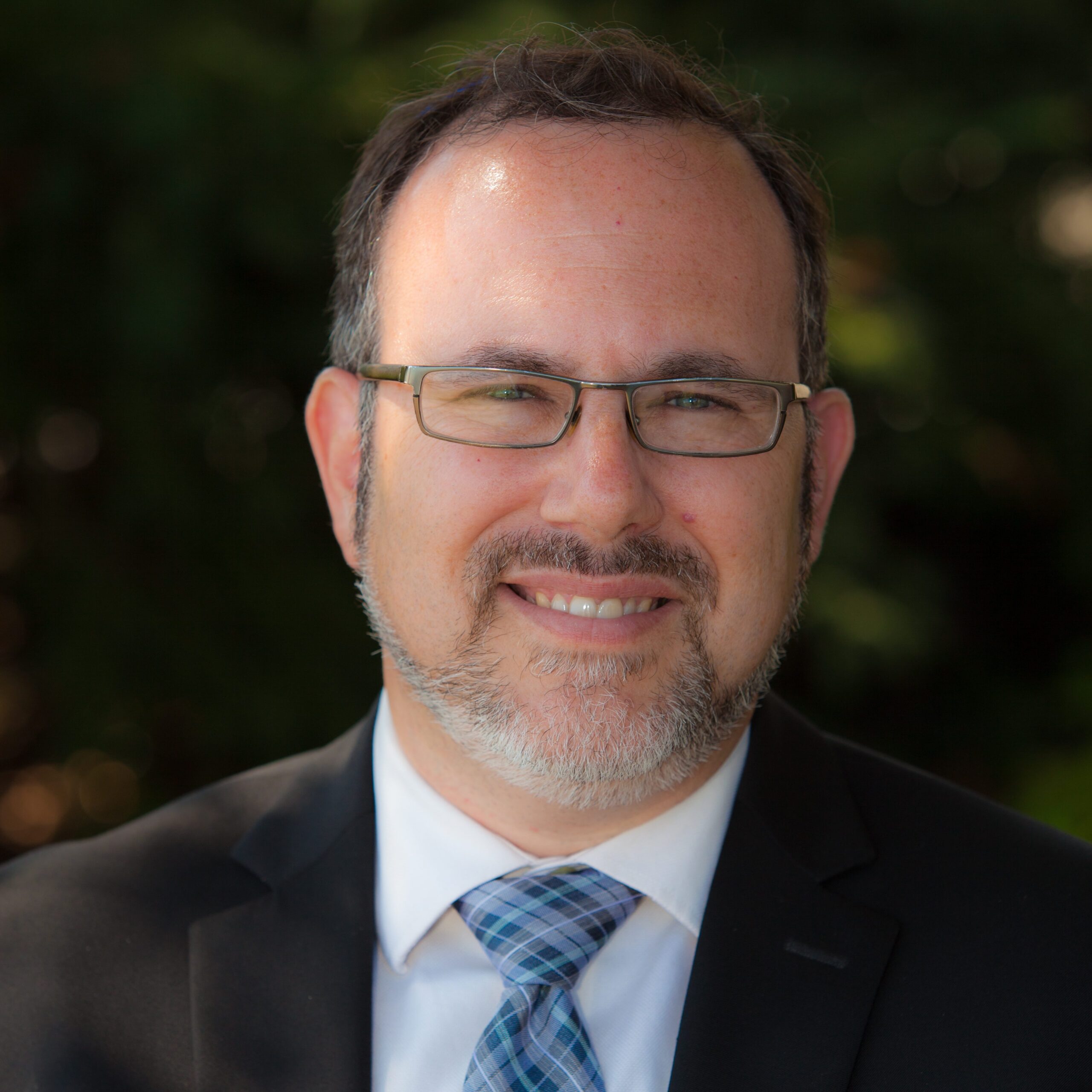
David J Fine was ordained by the Jewish Theological Seminary and received his PhD in modern European history from the City University of New York. He is rabbi of Temple Israel and Jewish Community Center in Ridgewood, NJ, and teaches halakhah at the Zacharias Frankel and Abraham Geiger Colleges in Berlin, Germany.
View all posts

